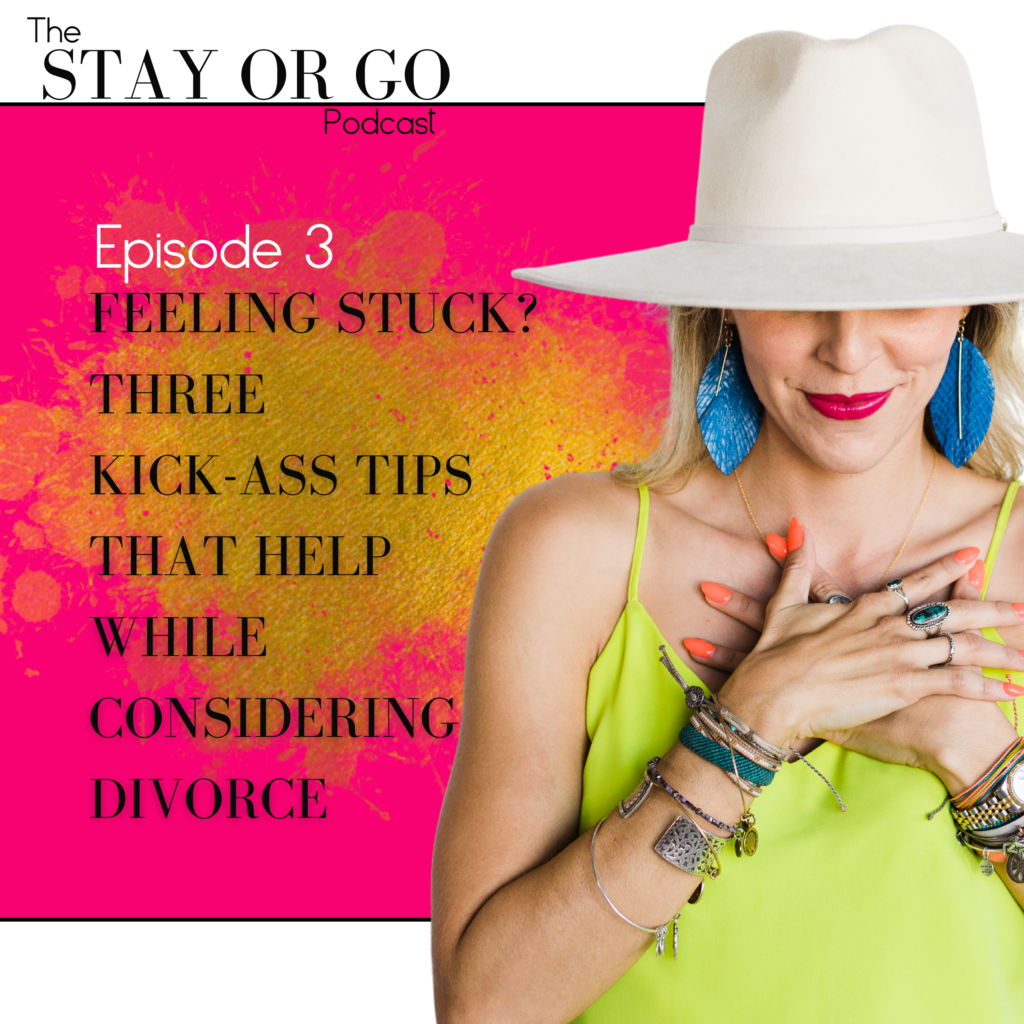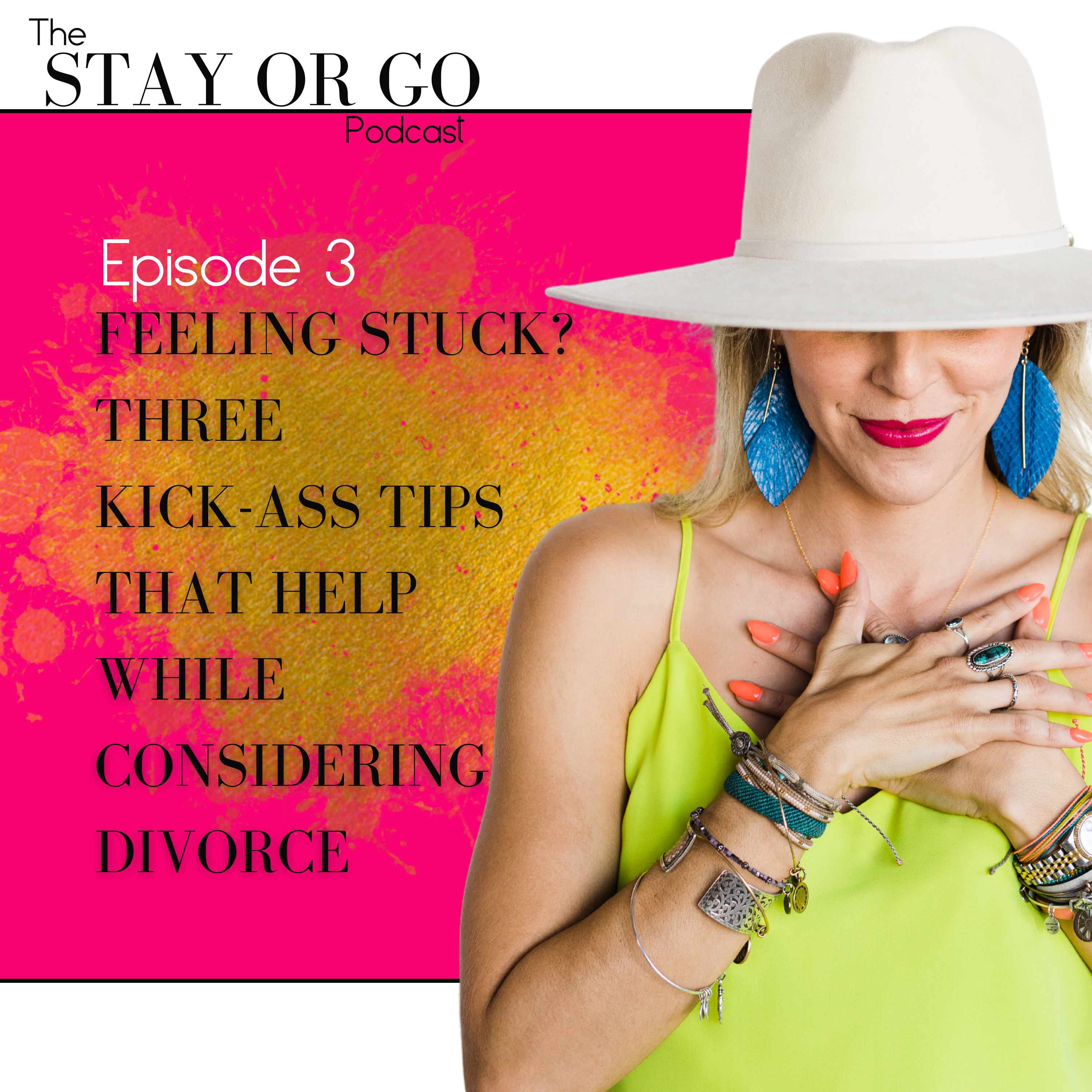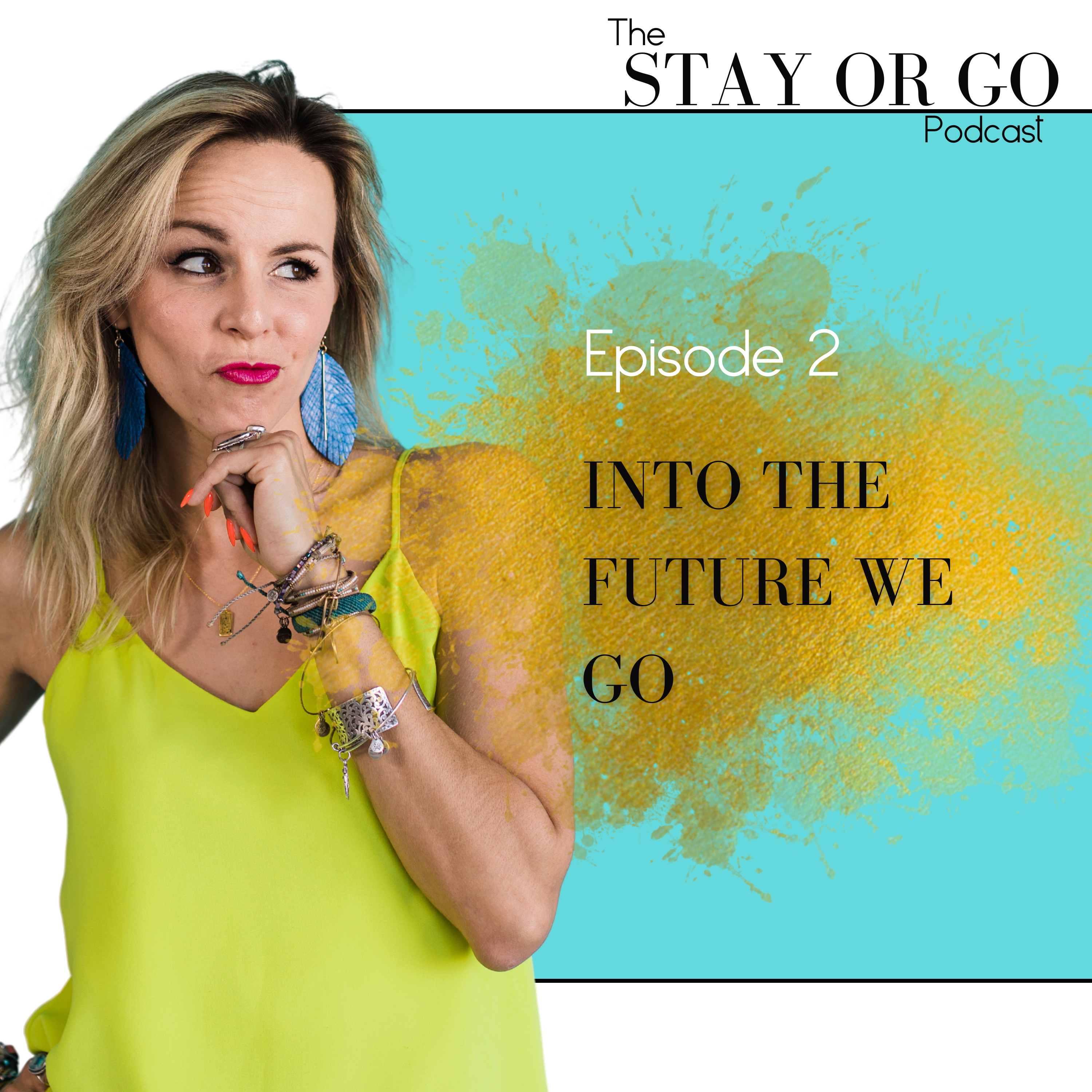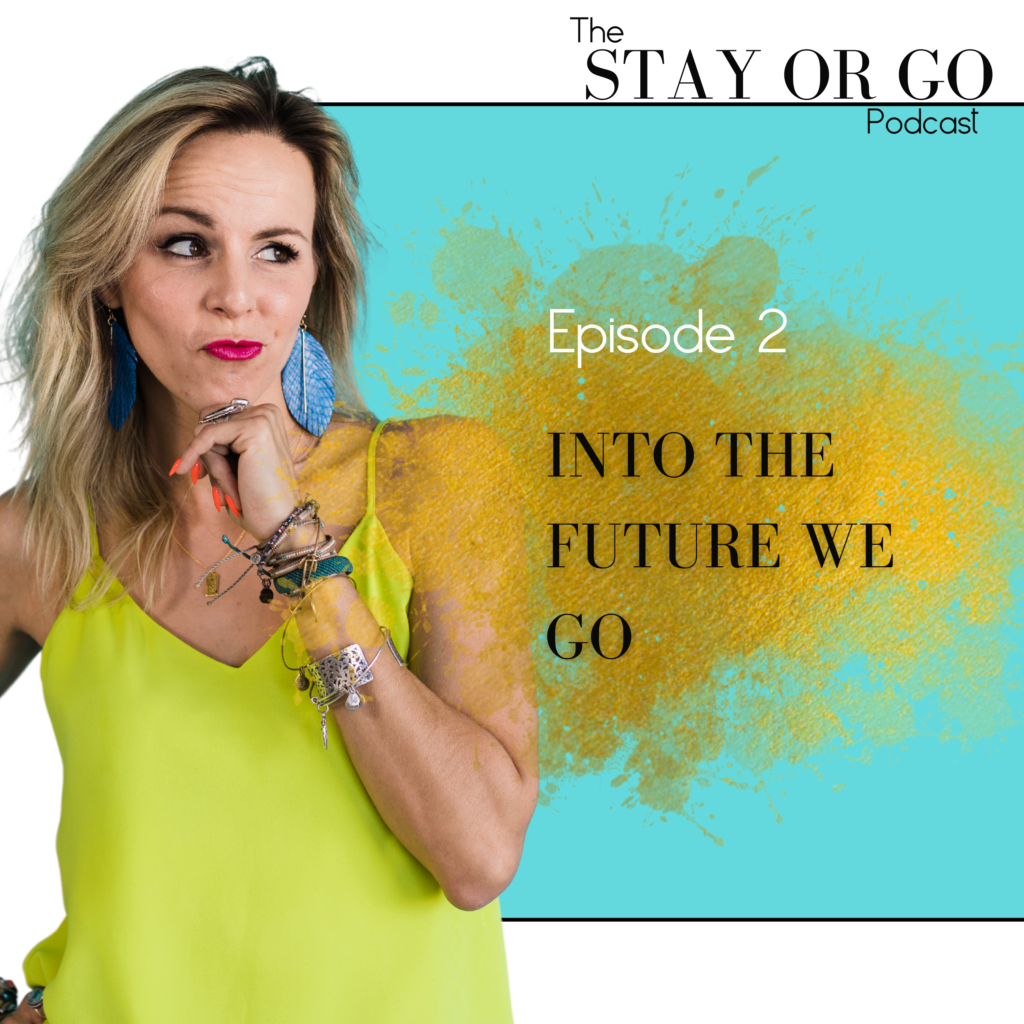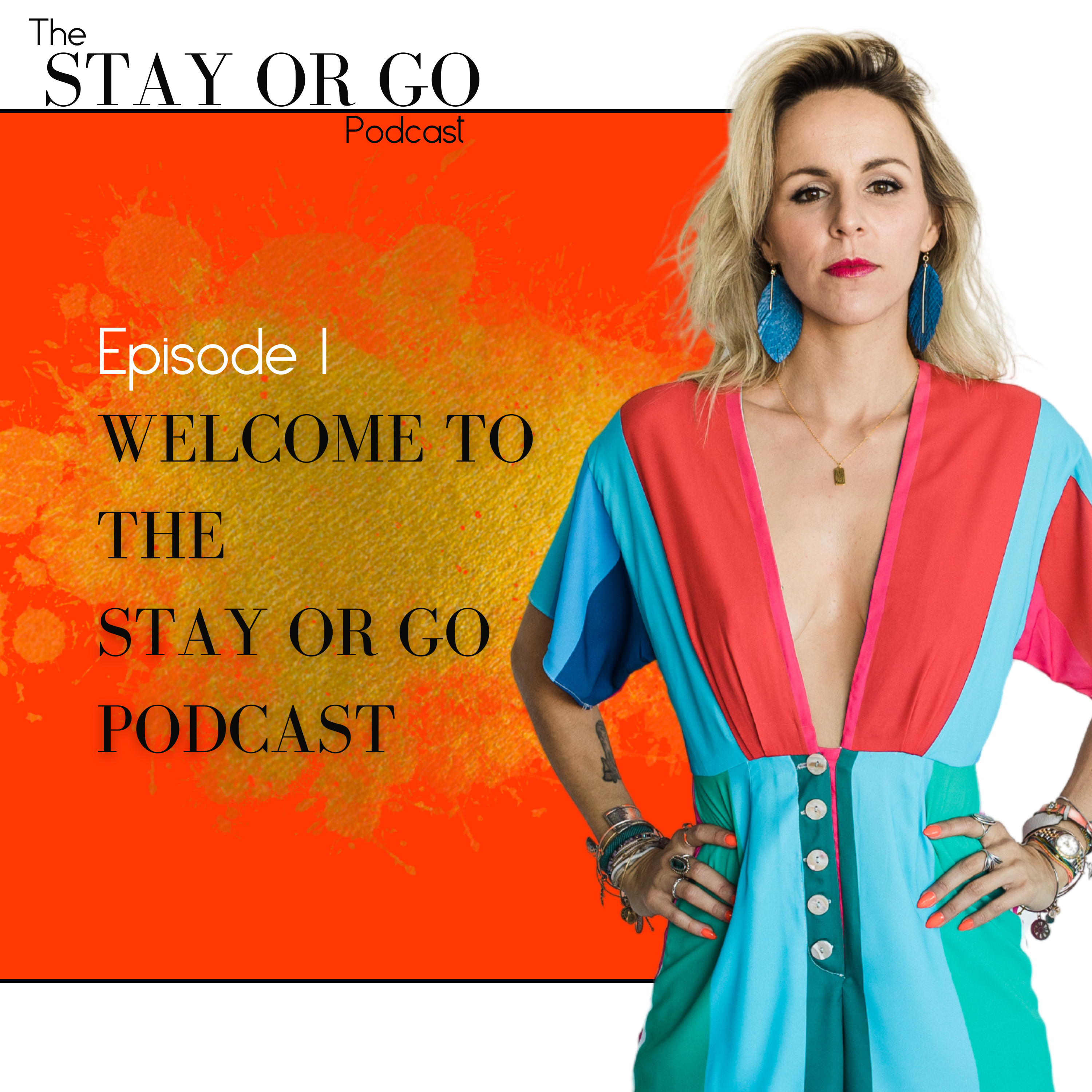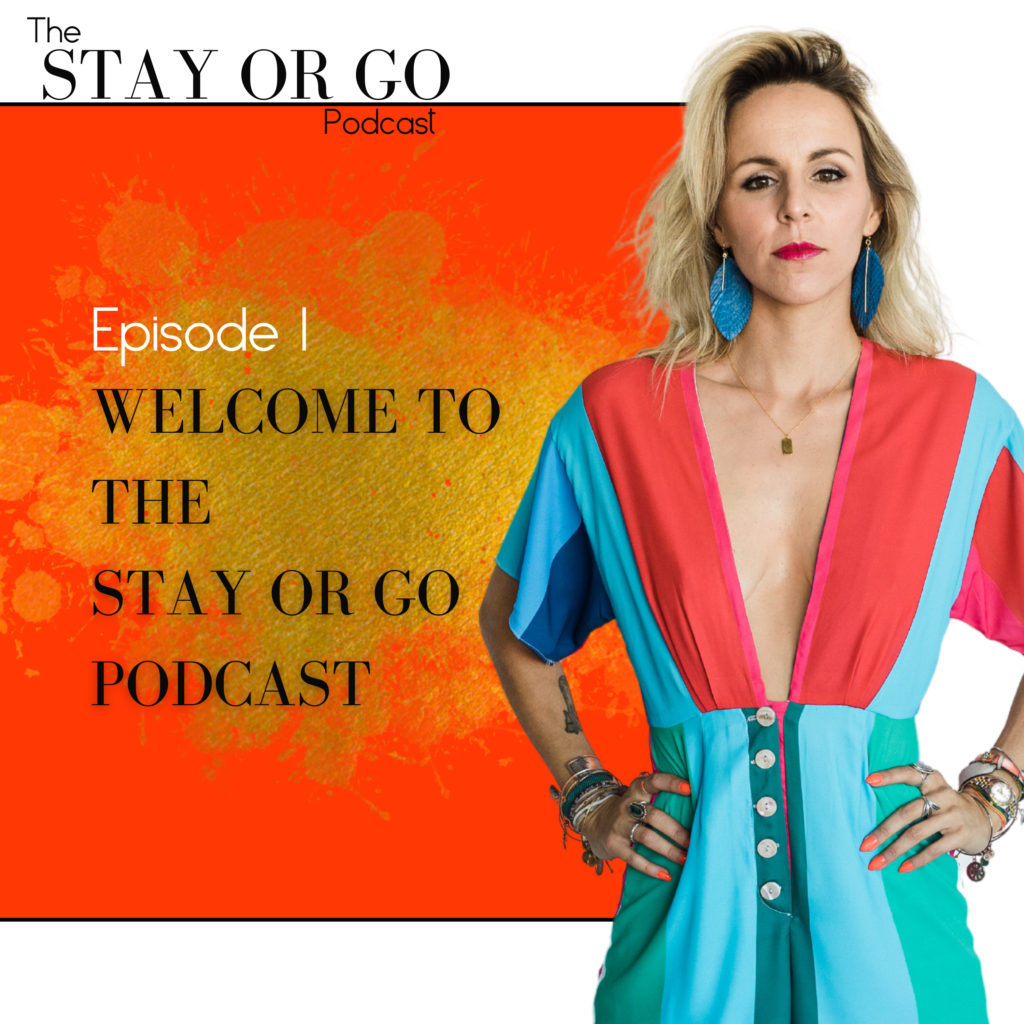Lying to others and living with loads of resentment all to make “others happy” and “keep the peace.”
I can remember when I was about 5 or 6 years old, we were at the mall and I wanted a gumball from that huge group of gumball machines right in the middle of the aisle.
My Dad didn’t have a quarter at the time, so he gave me a dollar and told me to go into one of the stores and ask for change. He would sit on the bench outside and watch me while I did it.
As a relatively introverted child, I can remember really not wanting to do it, but after some convincing from him and promises that the store clerk would be nice, I bravely embarked.
After waiting patiently for what seemed like forever, the clerk finally turned to me and I asked if she could give me change, to which she replied, “I can’t open the drawer unless someone makes a purchase.”
And in that moment, my 6-year-old brain exploded in shame.
I remember running out of the store and sobbing to my Dad, just feeling like I was the stupidest person in the world for asking her to do something she couldn’t.
Thoughts like, “How could I have not known that?! I’m so embarrassed. My Dad lied to me. She didn’t like me. She said no TO ME.”
Such a small small thing, and yet it’s had a lasting impact on my life. Not because it changed me, but because it showed me a tendency in myself to want to never inconvenience others and always have everyone like me. Also commonly called “people pleasing.”
People pleasing is such a sneaky vice to have. It looks so pretty on the face of it.
You just “care about others” and want them to “be happy.”
But underneath there are loads of insecurity, unworthiness, shame, resentment, and self-judgment.
There’s so much walking around always on high alert for what others are thinking and feeling about your actions and words, and then intense shame when anything seems like a sign of disapproval or disappointment.
I mean, I’m a grown woman with three kids, and yet I still deal with this daily.
But here’s the thing, thanks to coaching, I’m learning how to stay with myself, own my truth, and feel whatever feelings come up.
Instead of rushing to abandon myself whenever I feel someone’s frustration towards me or disappointment, I’m learning how to hold myself and stay present. No need to bury my feelings in social media, Netflix, food, cleaning, or alcohol. I can stay present and curious about what my brain is doing.
And this is radically changing my relationships.
Because when you’re a people-pleaser, you lie to people to “make them happy.”
You hide what you’re really feeling and thinking, believing that this will make it easier on the other person.
But guess what, instead you create a false “you” that your partner than believes is you, and you feel the daily pressure to keep up the facade while simultaneously feeling resentment towards them for being the “source” of why you need the facade in the first place.
And it turns out, all of that crazy has nothing to even do with them! It’s all an inside job from beliefs that “you need to make everyone happy” and “never disappoint or let anyone down.”
Knowing this is an inside job is the best news of all, because if it’s an inside job, then you only need YOU to change it.
And believe me my friends, it can be changed.
- You can learn how to love yourself regardless of what your spouse thinks about you.
- You can learn to speak up and tell the truth and let others think and feel whatever they want about you.
- You can learn how to feel any emotion possible, and not run away to hide in food and vices.
Just like building muscle at the gym, this is an emotional muscle you can build.
And it will change your life more than a great body ever will.
Look for the blog post next week, “How to stop People Pleasing” to learn more about how to build this muscle.
